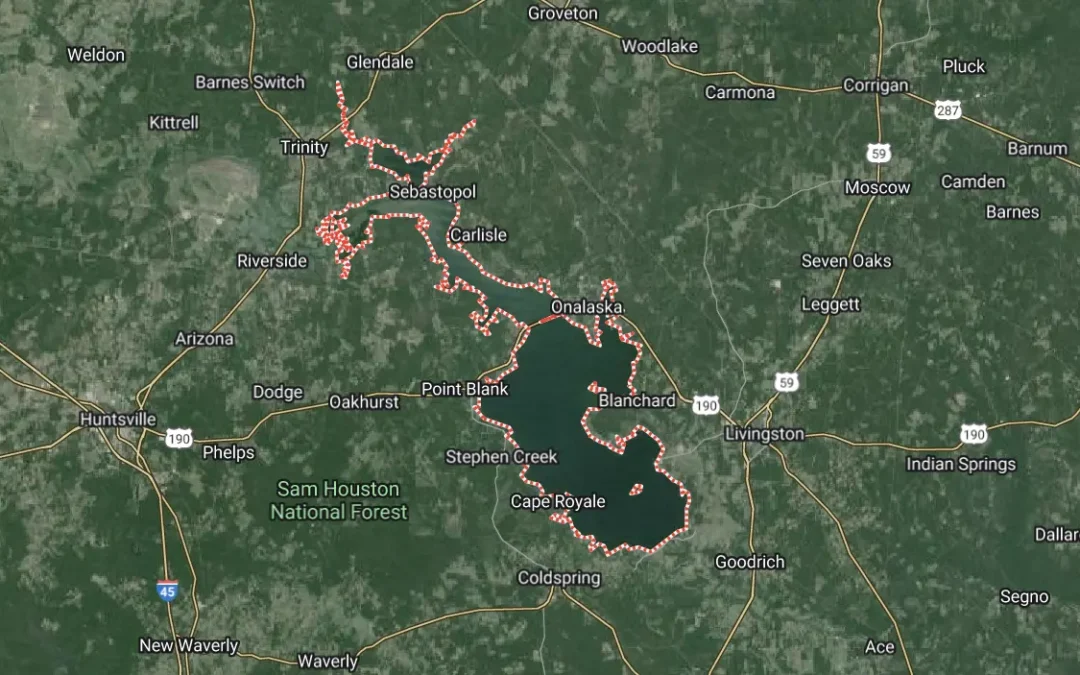The Genesis of Lake Livingston
The conception of Lake Livingston was driven by the need for a reliable water supply to support the burgeoning population and industrial growth in Southeast Texas. The Trinity River Authority of Texas (TRA), in partnership with the City of Houston, embarked on this ambitious project to harness the waters of the Trinity River.
Construction and Development
Construction of Lake Livingston commenced in 1966, marking the beginning of a significant transformation in the landscape and ecosystem of the area. The primary structure facilitating the creation of the lake is the Livingston Dam, which was constructed to impound the Trinity River. The dam’s construction was a monumental task, involving extensive engineering and labor efforts.
The Cost of Creation
The creation of Lake Livingston was a substantial financial undertaking. The project’s total cost amounted to approximately $83 million, a significant investment at the time. This funding was allocated to various aspects of the project, including construction, land acquisition, and environmental mitigation efforts.
Impact and Utilization
Since its completion in 1969, Lake Livingston has played a pivotal role in the region. Spanning over 83,000 acres and with a storage capacity of 1.750 trillion gallons of water, the lake has become an essential water source for the City of Houston and other areas. Beyond its utility for water supply, Lake Livingston has become a cherished recreational spot, attracting visitors for its scenic beauty and abundant wildlife.
Environmental and Economic Ramifications
The creation of Lake Livingston has had far-reaching environmental and economic impacts. The lake has fostered a diverse ecosystem, supporting a variety of fish species and wildlife, thus enhancing the region’s ecological richness. Economically, the lake has stimulated local economies through tourism, real estate development, and recreational industries.
Legacy and Conservation
Today, Lake Livingston stands as a testament to human ingenuity and its ability to shape the environment. It serves as a critical resource for water supply, recreation, and habitat conservation. Efforts continue to ensure the lake’s health and sustainability, balancing human use with ecological preservation.
Lake Livingston’s history is a narrative of transformation, innovation, and adaptation. From its inception to its current status as a vital water resource and recreational haven, the lake embodies the dynamic relationship between humans and the natural environment. Its story is a reflection of the challenges and triumphs in managing natural resources for the benefit of both people and the planet.


